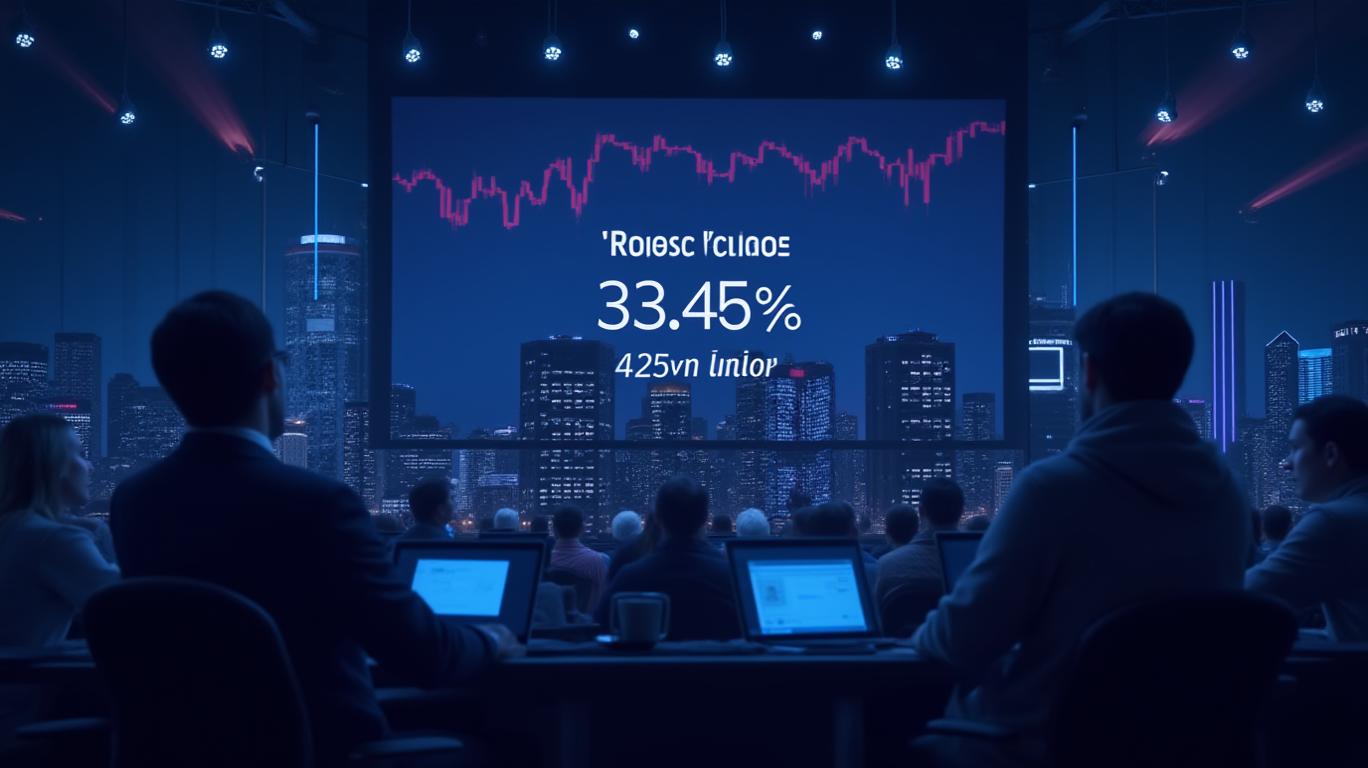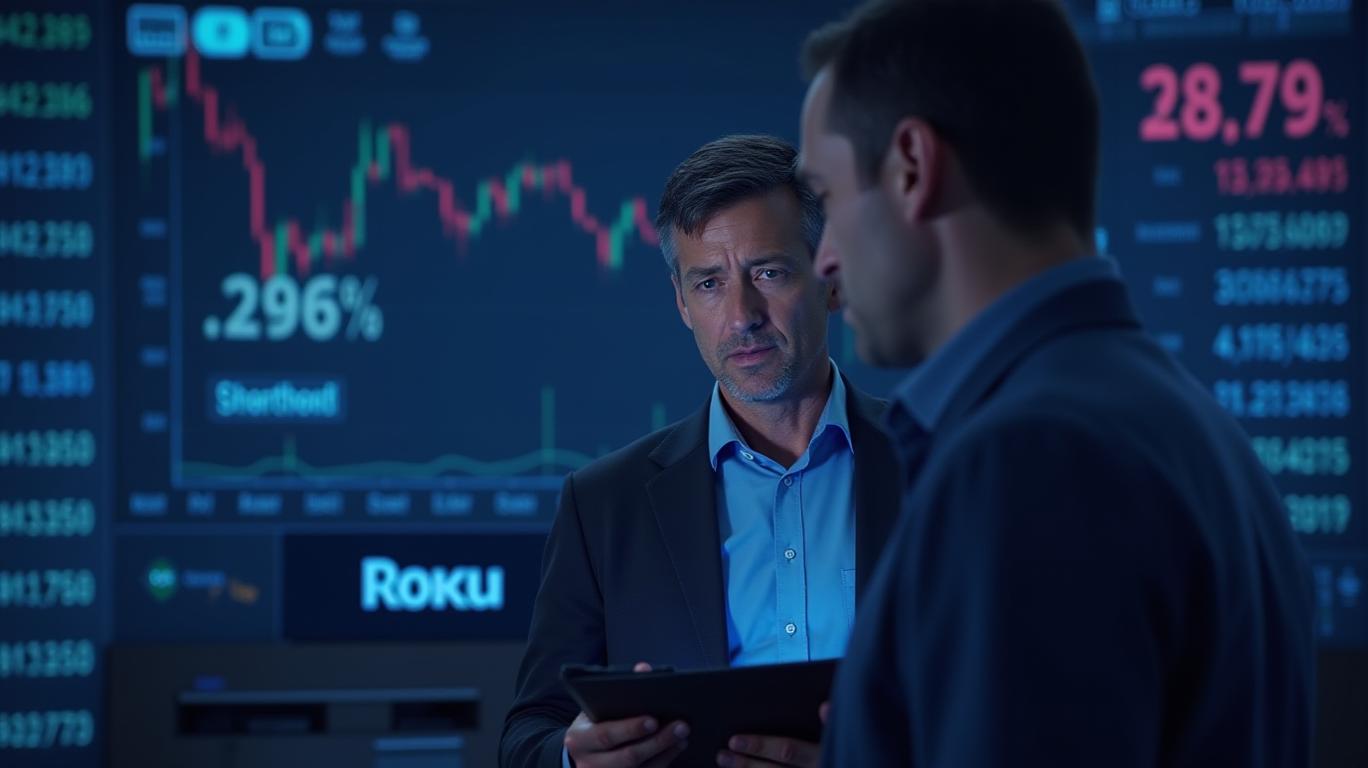Roku's Trading Volume Drops 33.42% to $211 Million Ranking 425th Amid Controversial Pause Ads Rollout
On May 6, 2025, Roku's trading volume reached $211 million, a 33.42% decrease from the previous day, ranking 425th in the day's stock market activity. Roku's stock price fell by 0.22%, marking the fifth consecutive day of decline, with a total decrease of 12.98% over the past five days.
Roku has recently introduced a new advertising format that displays ads on the screen whenever a user pauses content. This move has sparked both curiosity and frustration among its user base. The ads appear as banners or pop-ups, covering portions of the screen, and are designed to capitalize on moments when viewers’ attention is idle. Roku's technology uses automatic content recognition (ACR) and HDMI detection to identify pauses and serve contextually relevant ads. This capability allows Roku to insert ads not only on its native apps but also on external devices like gaming consoles or Apple TV when connected to a Roku TV.
The rollout of pause ads follows a successful pilot phase, with Roku noting positive advertiser feedback. These ads command premium pricing due to their non-intrusive nature compared to mid-roll or pre-roll ads. Streaming giants like YouTube, Hulu, and Amazon Prime Video have already adopted similar pause-ad formats, signaling an industry trend toward monetizing every moment of viewer engagement. Roku, which reported 85% of its subscribers engage with its screensavers, sees pause ads as a natural extension of its advertising ecosystem.
As Roku navigates this controversial update, it faces the challenge of balancing advertiser demands with user satisfaction. While pause ads may bolster its bottom line, alienating loyal customers could push them toward competitors. With no official word on whether the feature requires new hardware or can be deployed via software updates, users are left to adapt—or resist—as streaming platforms redefine the boundaries of advertising.



_442a2dcc1749832873286.jpeg)
_e68fac6d1749831664430.jpeg)





